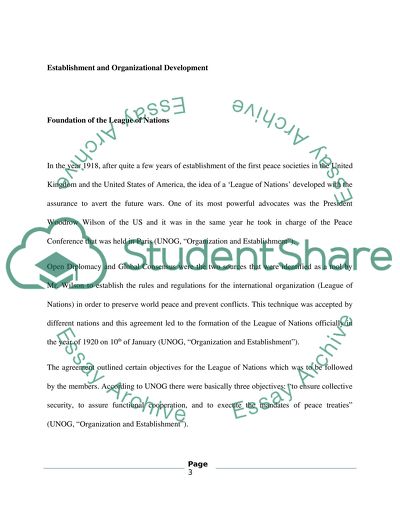Cite this document
(“Foundation of the League of Nations Research Paper”, n.d.)
Retrieved from https://studentshare.org/social-science/1405977-trace-the-development-of-the-league-of-nations
Retrieved from https://studentshare.org/social-science/1405977-trace-the-development-of-the-league-of-nations
(Foundation of the League of Nations Research Paper)
https://studentshare.org/social-science/1405977-trace-the-development-of-the-league-of-nations.
https://studentshare.org/social-science/1405977-trace-the-development-of-the-league-of-nations.
“Foundation of the League of Nations Research Paper”, n.d. https://studentshare.org/social-science/1405977-trace-the-development-of-the-league-of-nations.


